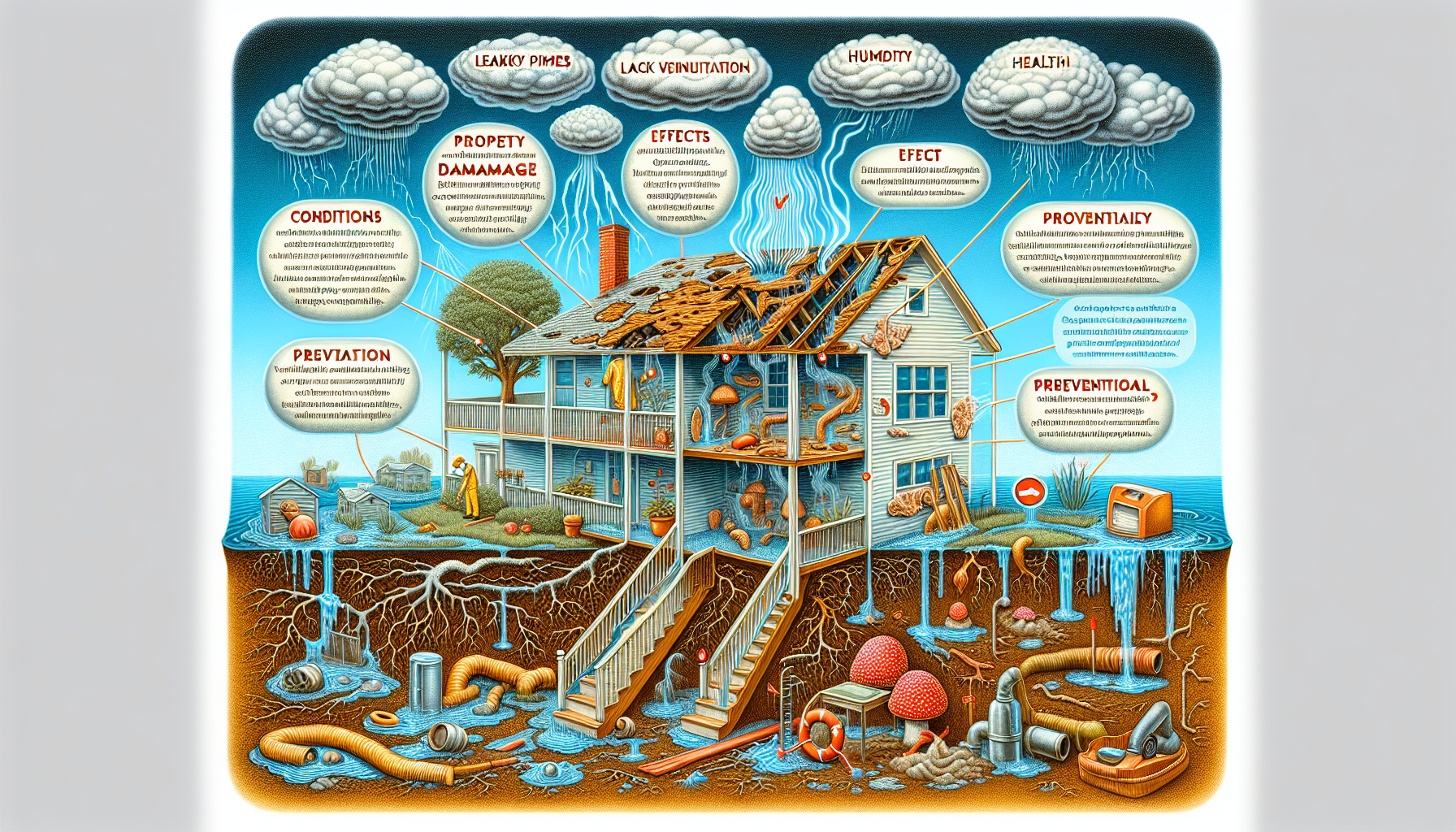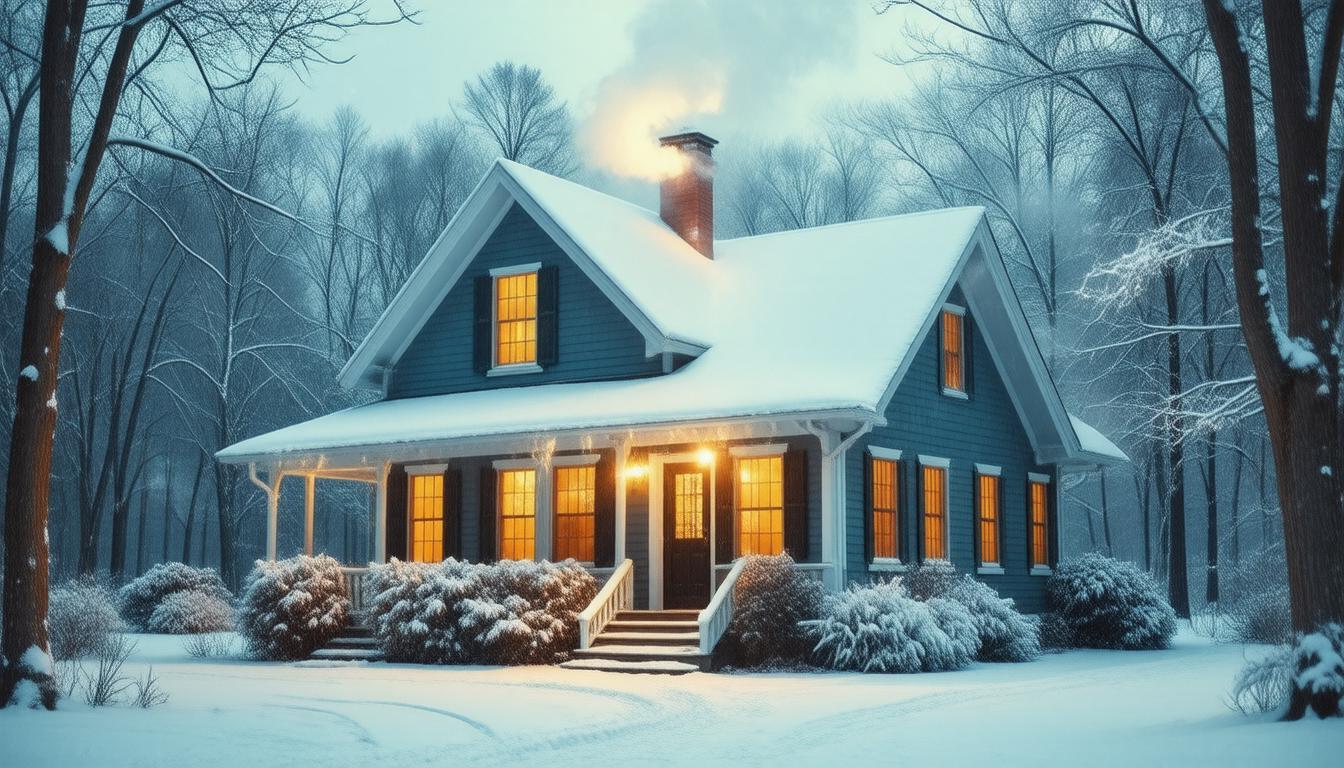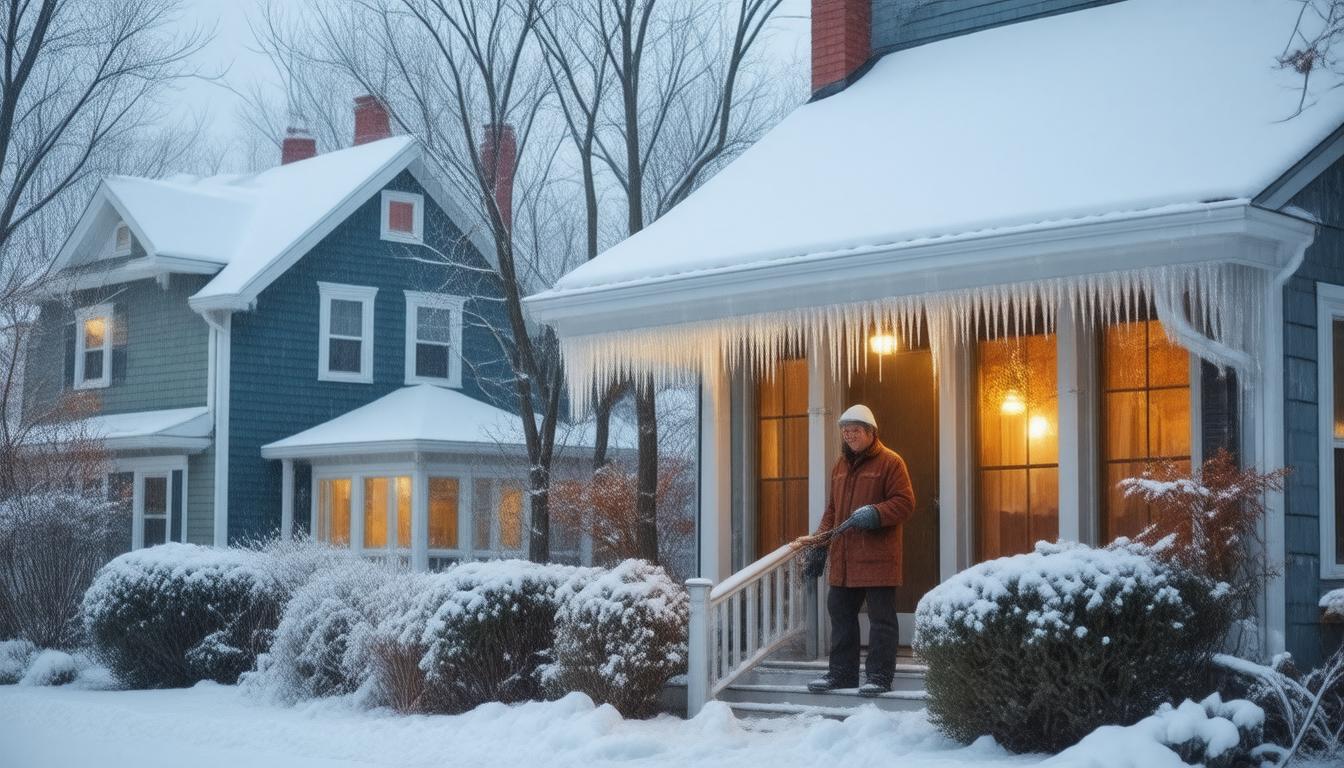
Mold is a type of fungus that can grow indoors and outdoors and thrives in warm, damp, and humid conditions. Molds reproduce by releasing spores that can be carried by air, water, or even on animals. In buildings, mold growth can often be found in places with excessive moisture, such as around leaks in roofs, windows, or pipes, or where there has been flooding.
Common Causes of MoldMold grows when there is excessive moisture or water accumulation indoors. Several factors can contribute to this environment:
[list]
[*]Humidity: High humidity levels, often in excess of 60%, can create an ideal breeding ground for mold.
[*]Leaks: Leaking pipes, roofs, or windows that allow water to enter the building structure can lead to mold growth.
[*]Condensation: Cold surfaces can cause water to condense, which provides moisture that can spur mold growth.
[*]Poor Ventilation: Inadequate ventilation traps moisture inside, allowing mold to thrive.
[*]Flooding: After a flood, unless the area is thoroughly dried, mold will almost certainly start to grow.
[/list]
Exposure to mold can lead to a variety of health issues, especially for people with allergies, existing respiratory illnesses, or compromised immune systems:
[list]
[*]Allergic Reactions: Mold can cause symptoms such as sneezing, runny nose, red eyes, and skin rash (dermatitis).
[*]Asthma Attacks: For those with asthma, mold exposure can trigger attacks.
[*]Irritant Effects: Mold can cause irritation of the eyes, skin, nose, throat, and lungs in both mold-allergic and non-allergic people.
[*]Mycotoxin Effects: Some molds produce toxic substances called mycotoxins that can be particularly harmful, even to healthy individuals.
[/list]
Prevention is crucial when it comes to mold. Here are some steps to prevent mold growth in your home or workplace:
[list]
[*]Control Humidity: Keep indoor humidity levels below 60% using dehumidifiers and air conditioners.
[*]Prompt Repairs: Fix leaks in roofs, walls, and plumbing as quickly as possible to minimize moisture.
[*]Ventilation: Ensure adequate ventilation in bathrooms, kitchens, and laundry rooms where moisture is often present.
[*]Dry Wet Areas: Dry any wet materials or areas within 24-48 hours to prevent mold growth.
[*]Insulation: Insulate windows, pipes, and walls to reduce condensation.
[*]Cleaning: Regular cleaning and maintenance can lessen the chances of mold getting a foothold.
[*]Mold-Resistant Products: When renovating, consider using mold-resistant drywall or paint, especially in moisture-prone areas.
[/list]
Despite all preventative measures, sometimes mold still invades. When this happens, it’s crucial to act swiftly:
[list]
[*]Assessment: Determine the source of moisture and extent of the mold infestation.
[*]Containment: Seal off the affected area to prevent the spread of mold.
[*]Material Removal: Remove and dispose of mold-contaminated materials.
[*]Cleanup: Clean mold from surfaces and belongings with appropriate cleaning solutions.
[*]Drying: Thoroughly dry the affected area after cleaning.
[*]Repair and Renovation: Repair the moisture problem and replace removed materials with mold-resistant alternatives.
[/list]
Mold growth can be a serious issue in any indoor environment. By understanding its causes, recognizing its effects, and implementing preventive measures, homeowners and property managers can protect the health of residents and maintain the integrity of their buildings. If and when mold becomes a problem, swift and effective remediation is critical to address the infestation and prevent future growth.







